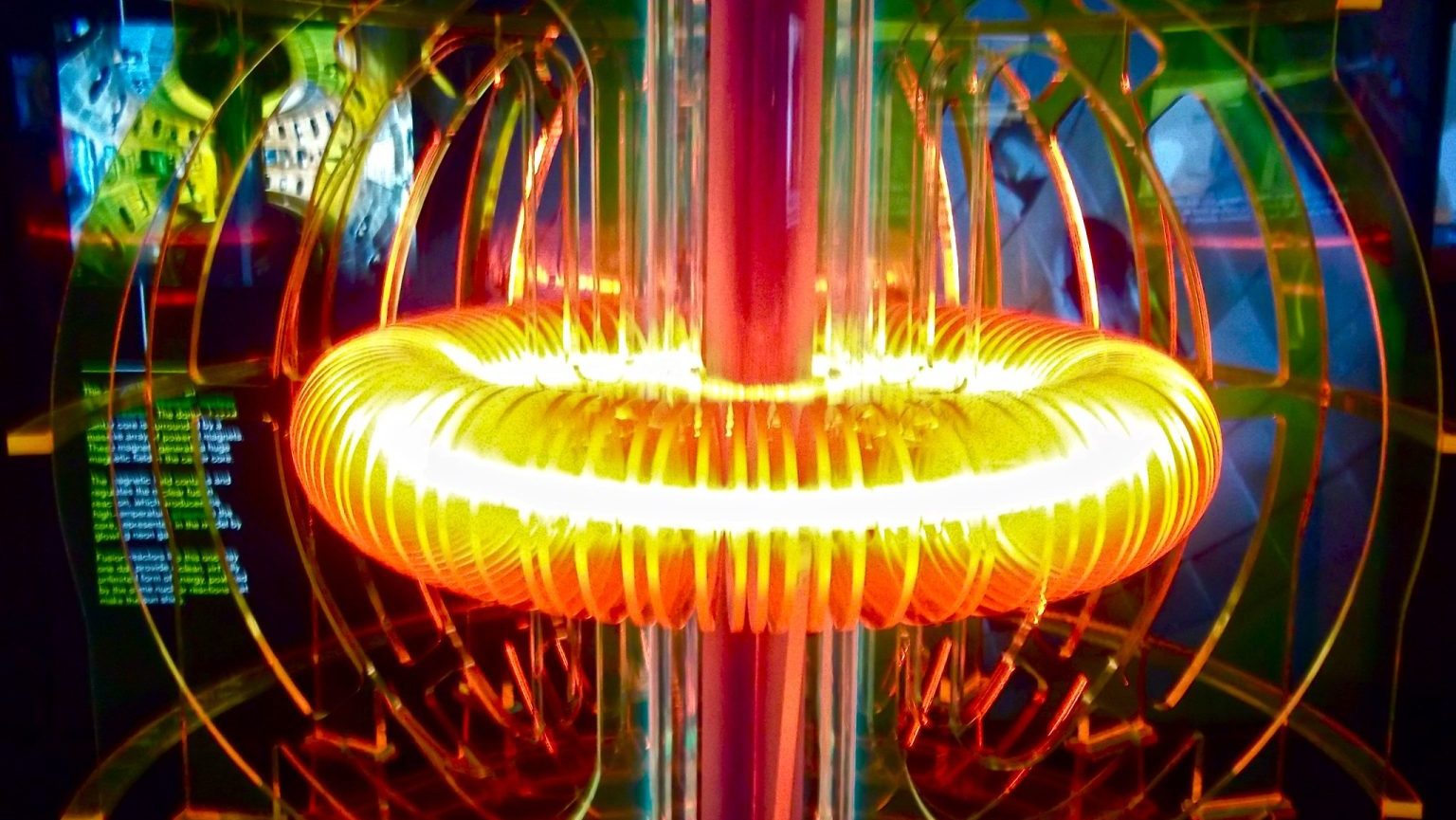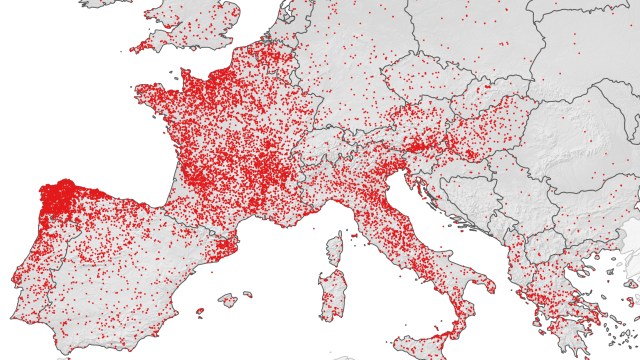Scientists reverse the arrow of time in quantum systems

It’s not quite time travel, but scientists appear to have reversed the arrow of time in quantum systems. The “arrow of time” is the concept that natural processes run forward, not in reverse. An international team of researchers was able to show that given specific conditions, heat can flow from a cold quantum particle to one that’s hotter.
The arrow of time is derived from the second law of thermodynamics, which says that entropy increases over time. Entropy is the measure of disorder. The law explains why it’s hard to unbreak stuff or why a hot cup of tea will eventually turn cold. It just doesn’t usually work the other way.
What the scientists found is that “the arrow of time is not an absolute concept, but a relative concept,” as says the study’s co-author Eric Lutz, a theoretical physicist at the University of Erlangen-Nürnberg in Germany. His lab was able to reverse the flow of heat in two quantum particles. They were correlated, meaning that their properties were linked, similarly to quantum entanglement but less strong. The special quality of correlated particles is that they share some information with each other. This property is not possible for bigger objects.
The researchers, led by the physicist Roberto Serra from the Federal University of ABC in Santo André, Brazil, manipulated molecules of chloroform. These are made of carbon, hydrogen and chlorine atoms.
The scientists heated up the nucleus of the hydrogen atom more than the nucleus of the carbon and observed how the energy flowed. In an uncorrelated state, the heat flowed as expected, from hot to cold. But when the nuclei became correlated, heat flowed backwards with the hotter hydrogen nucleus getting hotter and the cooler carbon getting cooler.
The significance of the experiment lies in demonstrating an exception to the second law of thermodynamics, which doesn’t take into account correlated particles.
While odd behavior at the quantum level may be hard to grasp, what is more tangibly exciting is that the scientists are aiming to use these particle quirks to design super-small quantum engines.
You can read their study here.





